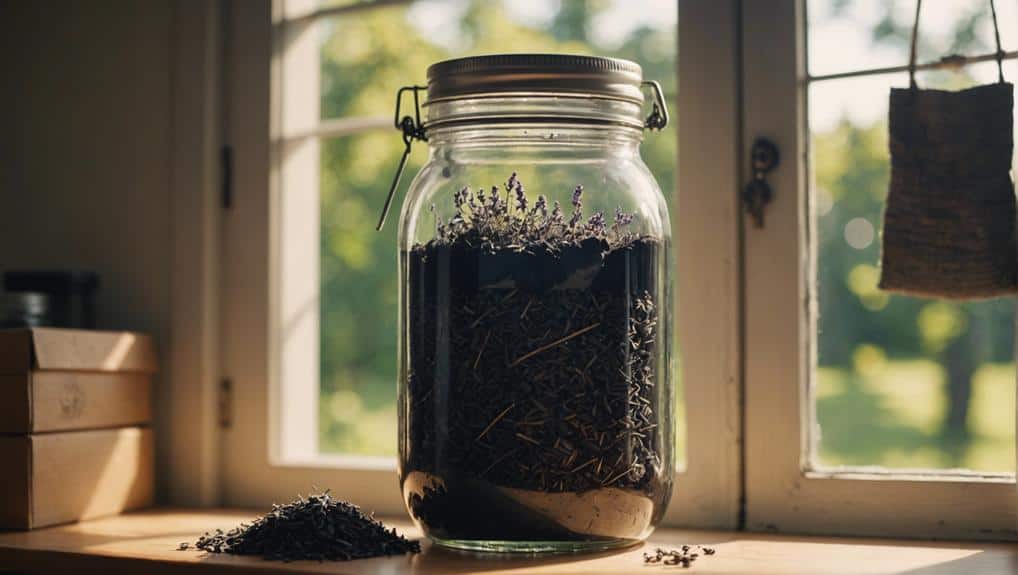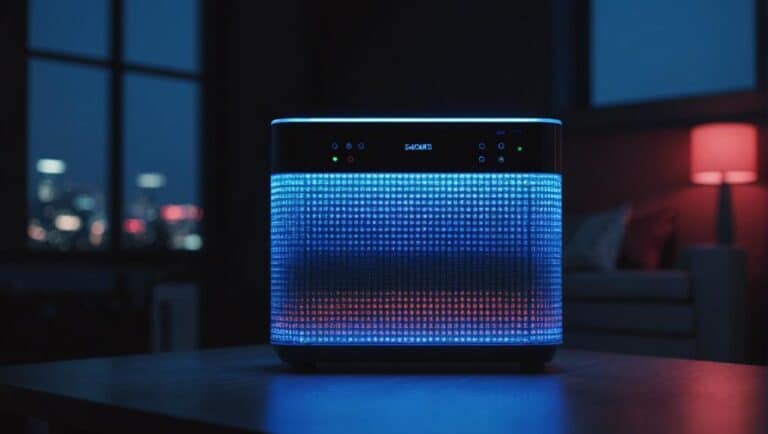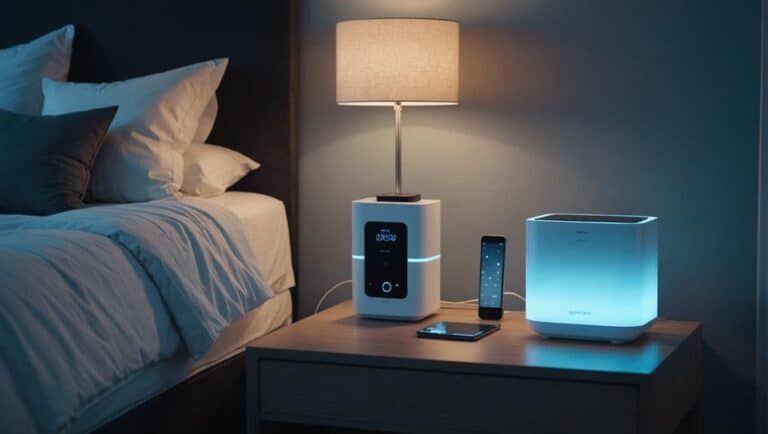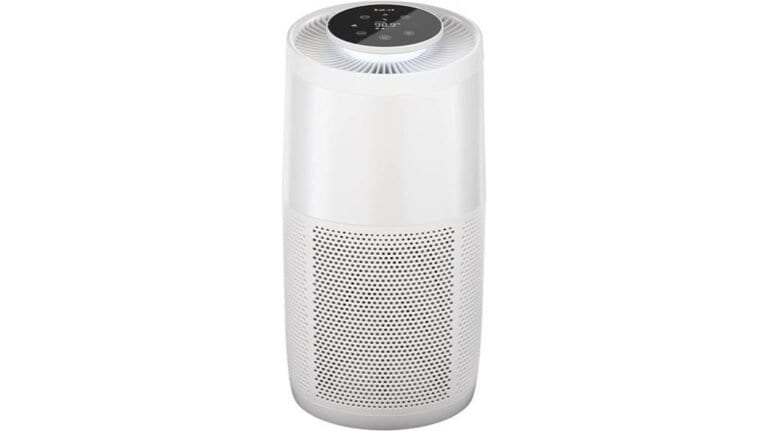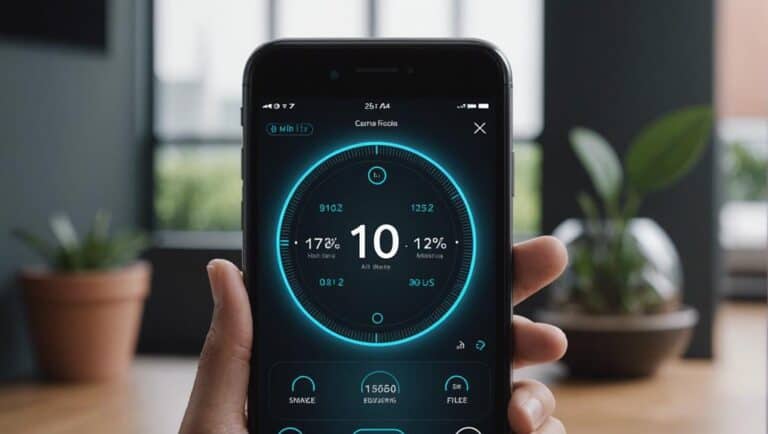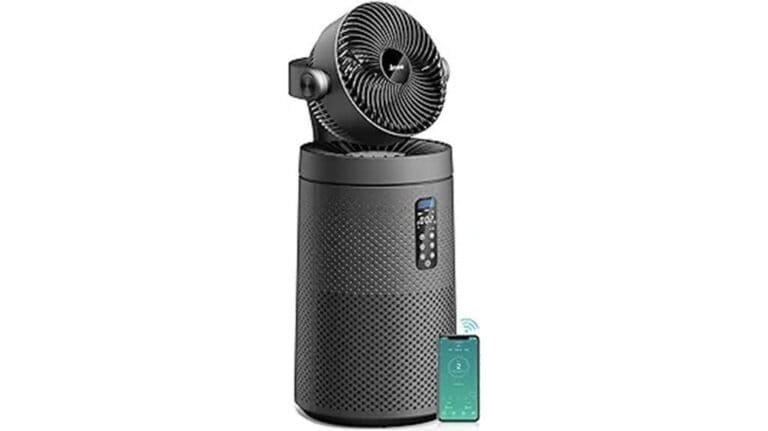Natural Air Purifier Recipe for DIY Clean Air
As we explore the domain of creating a more purified indoor environment, we often seek effective and sustainable solutions. Imagine a simple mixture of activated charcoal, essential oils, and baking soda working harmoniously to cleanse the air in your living spaces. This natural air purifier recipe holds the potential to transform your home’s atmosphere, but how exactly do these ingredients come together to combat indoor pollutants and odors? Let’s investigate the intricacies of this DIY clean air concoction and uncover the secrets behind its air-purifying prowess.
Benefits of DIY Clean Air Purifiers
What makes DIY clean air purifiers a practical and effective choice for improving indoor air quality?
DIY air purifiers offer a cost-effective alternative to commercial models, allowing us to have control over the quality of our indoor air. By utilizing HEPA filters, these air purifiers can effectively capture PM2.5 particles and viruses, providing a cleaner and healthier environment for us to breathe in.
Studies have shown that DIY air purifiers, when properly constructed with HEPA filters and fans, can outperform many well-known brands in terms of air purification. For instance, the Corsi-Rosenthal DIY air purifier, which uses furnace filters and a box fan, costs around 100 USD to make and has shown remarkable results in improving indoor air quality.
The key lies in the proper placement of the HEPA filter within the DIY air purifier, as this has a significant impact on its overall effectiveness in filtering out harmful pollutants and allergens from the air we breathe.
Materials Needed for DIY Air Purifier
We’ll now cover the essential materials for creating a DIY air purifier.
To effectively filter indoor air, you’ll need a box fan and a high-efficiency particulate air (HEPA) filter.
These components play a critical role in improving air quality by capturing small particles like dust, pollen, and mold spores.
Benefits of Air Purifiers
To maximize the effectiveness of a DIY air purifier, make sure you have HEPA filters, activated carbon filters, and a fan with good airflow. HEPA filters are vital for improving air quality by capturing tiny particles like dust and allergens. Activated carbon filters enhance the air purifier’s performance by removing odors and chemicals, guaranteeing cleaner indoor air. A fan with good airflow is essential for proper circulation, allowing the filters to do their job efficiently. Check out the table below for a quick overview of the benefits of these components in DIY air purifiers.
| Component | Benefits |
|---|---|
| HEPA Filters | Remove particles as small as 0.3 microns for cleaner air |
| Activated Carbon Filters | Absorb odors, chemicals, and VOCs for fresher indoor air |
| Good Airflow Fan | Ensures proper circulation and filtration efficiency |
Types of Air Filters
When considering DIY air purifiers, understanding the types of air filters needed is key to achieving effective indoor air quality control. HEPA filters work by capturing particles as small as 0.3 microns, such as dust, pollen, and pet dander, ensuring cleaner air.
Activated carbon filters are essential for removing odors, gases, and volatile organic compounds (VOCs), enhancing the freshness of the indoor environment.
MERV filters, rated from 1 to 16, with higher numbers indicating better filtration efficiency, are commonly used in DIY air purifiers for excellent air cleaning performance.
Proper selection of filter materials, like MERV 13 or equivalent, is essential for creating a cost-effective and efficient DIY air purifier that effectively eliminates contaminants from the air.
Maintenance Tips for Filters
Proper maintenance of filters is essential for guaranteeing the longevity and efficiency of a DIY air purifier. Here are some key maintenance tips to keep your air purifier running smoothly:
- Replace filters: Regularly replace filters in DIY air purifiers every three months.
- High-Quality Filters: Use MERV 13 air filters or equivalent high-quality filters for effective air purification.
- Stock Up: Have extra filters ready for quick replacement, especially after smoke events or heavy usage.
- Seal Properly: Ensure proper sealing with duct tape to prevent air leakage and maximize filtration efficiency.
- Clean Regularly: Regularly clean the fan and motor to prevent dust buildup and maintain air purifier functionality.
Step-by-Step Guide to Making Air Purifier
How can we effectively create our DIY air purifier for a cleaner indoor environment? Creating a DIY air purifier is a simple and cost-effective way to improve indoor air quality. Follow these steps to make your own air purifier using a box fan and a MERV 13 air filter:
| Steps | Instructions |
|---|---|
| Step 1: Gather Materials | Obtain a high-quality box fan and a MERV 13 air filter for efficient air purification. |
| Step 2: Position the Air Filter | Place the air filter against the back of the fan with the airflow direction arrow facing out. |
| Step 3: Secure the Filter | Securely attach the filter to the fan using duct tape, ensuring a tight seal with no gaps. |
| Step 4: Operate and Maintain | Use the air purifier in a clear, open space, avoid overloading circuits, and maintain it by changing filters every three months and keeping the fan clean. Unplug when not in use. |
Importance of Proper Air Filtration
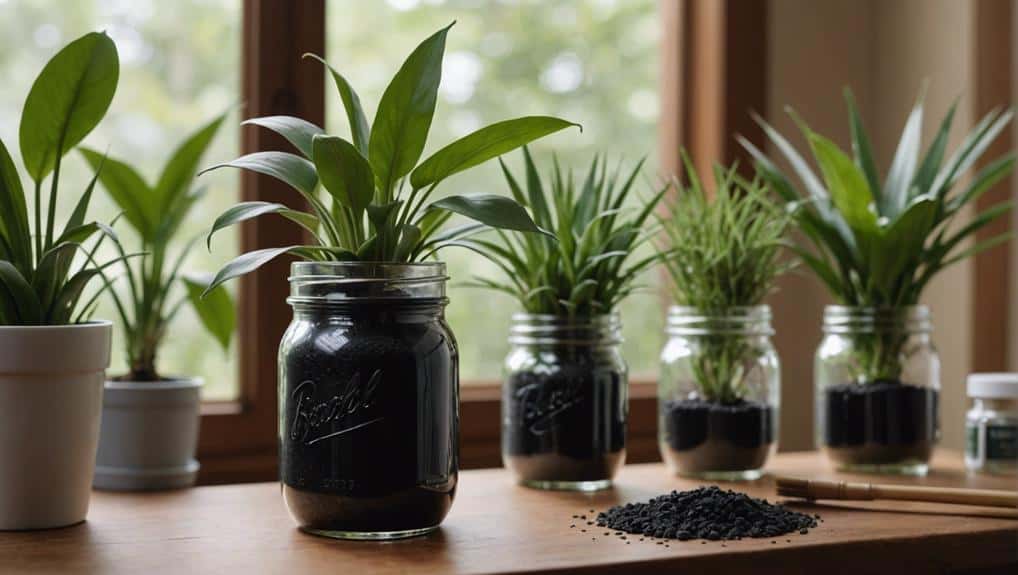
Proper air filtration plays an important role in maintaining clean indoor air by removing harmful pollutants like dust and allergens. Regularly changing air filters and investing in quality purifiers with HEPA filters are key steps to guarantee excellent air quality.
Air Quality Standards
Maintaining indoor air quality standards through effective air filtration is essential for reducing health risks associated with pollutants and creating a safe environment for occupants, particularly those with respiratory conditions.
- Meeting air quality standards guarantees a healthy and safe environment.
- Effective air filtration systems eliminate harmful particles like PM2.5 and allergens.
- Clean air is vital for overall well-being and health.
- Proper filtration helps eradicate volatile organic compounds (VOCs).
- High-quality air filters and purifiers greatly improve indoor air quality.
Filter Maintenance Tips
Frequently replacing air filters in DIY air purifiers guarantees excellent air purification and efficient system operation. Proper maintenance is essential for peak performance and clean indoor air. Neglecting filter upkeep can lead to decreased effectiveness, higher energy consumption, and potential damage to the air purifier system. Following a regular maintenance schedule, based on manufacturer recommendations or when filters are visibly dirty, is vital for maintaining healthy indoor air quality. Check out the table below for some key filter maintenance tips to make sure your DIY air purifier functions at its best:
| Filter Maintenance Tips |
|---|
| Replace filters regularly |
| Clean or replace dirty filters promptly |
| Follow manufacturer guidelines for filter replacement |
| Check filters monthly for dirt buildup |
| Maintain a filter replacement schedule |
Tips for Optimal Air Purifier Performance
To enhance the efficiency of DIY air purifiers, regularly changing the HEPA filters is essential for peak performance. Here are some tips for peak air purifier performance:
- Maintain a Clean Fan Motor: Ensuring the fan motor is free from dust and debris helps in maintaining proper airflow for effective air purification.
- Check Airflow Direction: Confirming that the airflow direction is correct maximizes the purifier’s ability to clean the air efficiently.
- Use High-Quality Filters: Opt for MERV 13 filters to reduce particulate matter and airborne pollutants effectively, enhancing air quality.
- Strategic Placement: Position DIY air purifiers in areas with high pollutant concentrations to target and clean the air where it’s most needed.
- Regular Monitoring: Keep an eye on the condition of all components and replace them as necessary to sustain peak air purification capabilities.
Maintenance of Homemade Air Purifiers
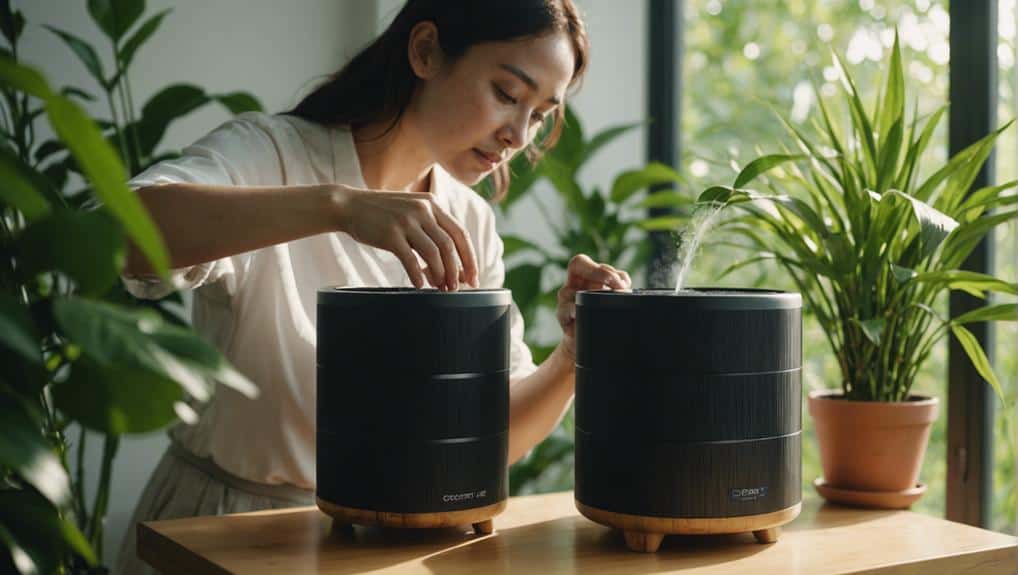
Let’s guarantee our homemade air purifiers work effectively by changing filters every three months and increasing the frequency after smoke exposure.
Keeping spare MERV 13 filters handy and regularly cleaning the fan and motor are essential maintenance steps for peak performance.
Filter Replacement Frequency
Maintaining that homemade air purifiers have their filters replaced every three months is crucial for upholding their effectiveness in cleaning the air.
- Regularly substitute filters to uphold air quality.
- Monitor and adjust filter replacement frequency based on air quality changes.
- Keep spare MERV 13 filters available for quick substitutions.
- Clean the fan and motor routinely for peak performance.
- Avoid using damaged filters or fans to ensure efficient air purification.
Cleaning Process Details
Regularly maintaining homemade air purifiers involves cleaning the filters every three months to guarantee excellent air quality. It’s essential to purify the air effectively by changing the filter to the fan consistently.
After smoke events, increase the frequency of filter replacements to prevent pollutants from lingering in the air. Keeping spare MERV 13 filters handy ensures easy replacement and continuous air purification.
Additionally, regularly cleaning the fan and motor of the homemade air purifiers is vital to ensure smooth operation and longevity. Avoid using damaged fans in DIY air purifiers to prevent potential hazards and maintain effectiveness.
Enhancing Air Purification With Activated Carbon
To enhance air purification, consider incorporating activated carbon into your DIY air purifier for improved pollutant removal and fresher indoor air quality. Activated carbon offers numerous benefits when used in air purifiers:
- Highly absorbent nature effectively eliminates toxins and odors from the air.
- Works by trapping pollutants in its porous structure to prevent them from circulating.
- Odorless and safe for use in homes, making it a popular choice for air purification.
- Enhances the effectiveness of DIY air purifiers in filtering out harmful particles.
- Improves indoor air quality by enhancing pollutant removal.
Safety Precautions When Using DIY Air Purifiers
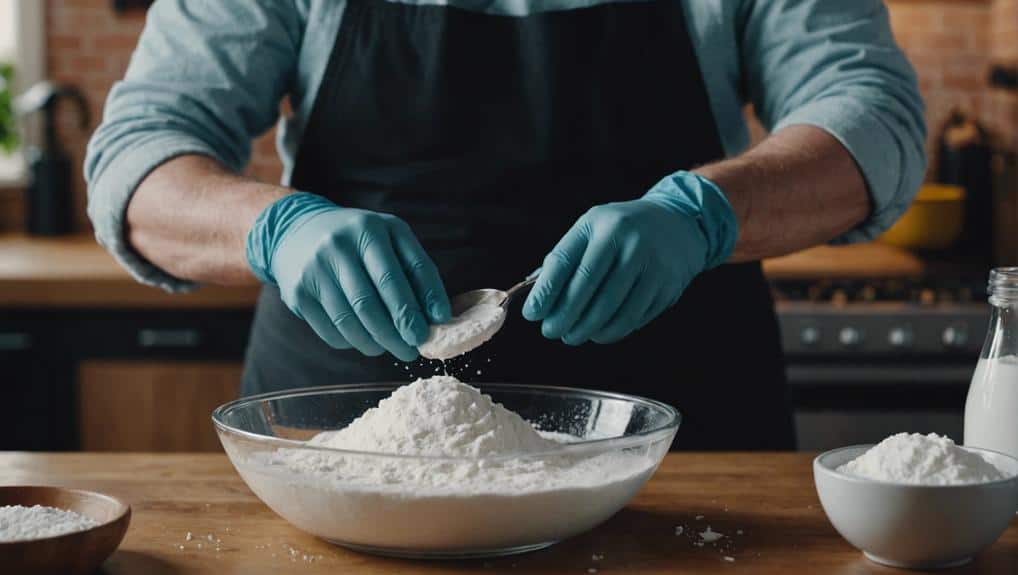
For safe operation of DIY air purifiers, always place them on flat, stable surfaces to prevent tipping or accidents. It’s important to avoid positioning DIY air purifiers near water sources to prevent electrical hazards.
Adequate ventilation around the purifiers is vital to maintain airflow and prevent overheating. Regularly inspect the DIY air purifiers for any signs of damage or wear to guarantee safe operation and peak performance in combating indoor air pollution.
Additionally, keep the DIY air purifiers out of reach of children and pets to prevent accidental tampering or ingestion. Remember to place the DIY air purifiers in a location where the fan can operate efficiently without obstructions.
Cost-Effective Air Purification Solutions
Considering the rising concerns about indoor air quality, exploring cost-effective air purification solutions becomes imperative. When looking for efficient yet budget-friendly ways to purify the air in your space, consider the following options:
- DIY Essential Oil Diffusers: Create your own air fresheners using essential oils like lavender or eucalyptus to both purify and scent the air.
- Beeswax Candles: Opt for beeswax candles over traditional paraffin ones, as they can help eliminate airborne toxins and allergens.
- DIY Air Purifying Bags: Make your own air purifying bags using activated charcoal to absorb odors and pollutants.
- Houseplants: Invest in indoor plants like aloe vera or spider plants that naturally filter the air.
- Ventilation: Proper ventilation, such as opening windows or using exhaust fans, can help circulate fresh air and reduce indoor pollutants effectively.
These cost-effective solutions not only help in purifying the air but also add a touch of customization to your indoor environment.
Eco-Friendly Air Cleaning Alternatives
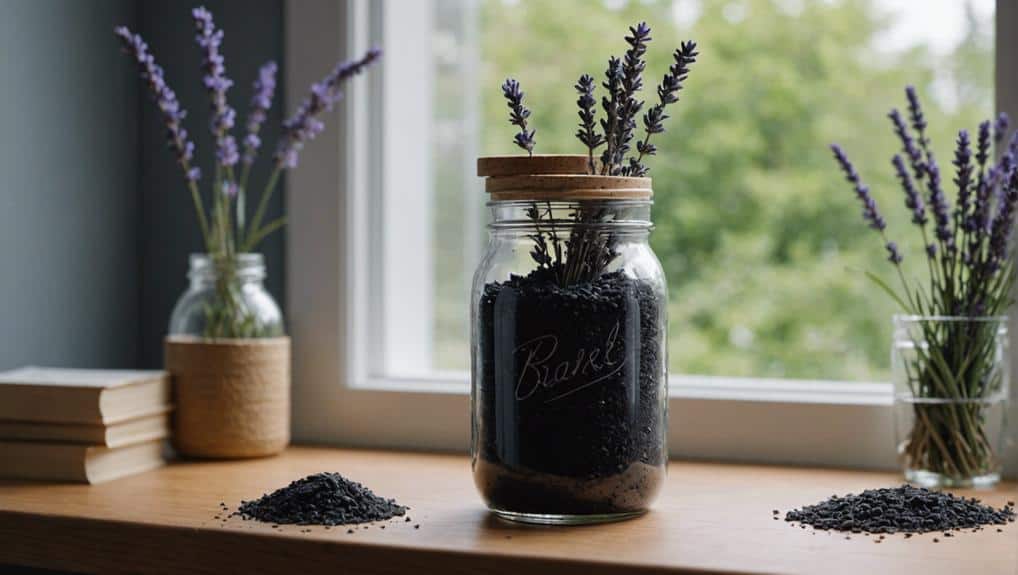
Exploring eco-friendly air cleaning alternatives offers sustainable and effective ways to enhance indoor air quality. Himalayan pink salt lamps act as natural purifiers by extracting water vapor and reducing airborne irritants and allergens.
Beeswax candles not only provide a warm ambiance but also ionize the air, neutralizing toxic compounds with minimal smoke or scent.
Houseplants like Lady Palm, Peace Lily, and Spider Plant are excellent choices for filtering out toxins such as formaldehyde and benzene, revitalizing indoor air quality.
Activated charcoal and bamboo charcoal are highly absorbent options for purifying indoor air by eliminating harmful substances.
Additionally, ensuring proper ventilation, especially in kitchens and bathrooms, is essential for reducing indoor air pollution and preventing mold and mildew growth. Consider utilizing a box fan to improve air circulation and reduce the presence of organic compounds, creating a healthier and more pleasant indoor environment.
Conclusion
To sum up, making your own natural air purifier with activated charcoal, essential oils, and baking soda is a simple and effective way to enhance indoor air quality.
By combining these ingredients in a jar and placing it in areas that need freshening up, you can enjoy a clean and invigorating atmosphere throughout your home.
This cost-effective and eco-friendly solution provides a natural way to purify the air you breathe, promoting a healthier living environment for you and your family.
